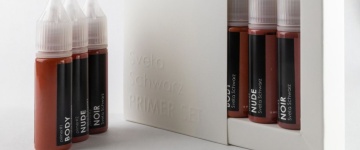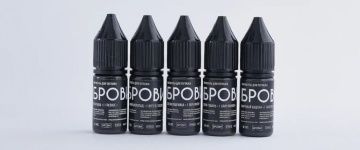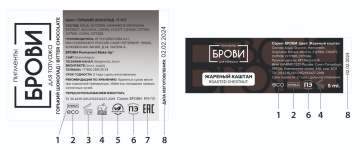Ink
Is the common name for a group of colored dyeing substances intended for direct use in various applications. In the tattoo and PMU industry, it's a finished product of cosmetic bases, insoluble pigment particles and/or dyes.
Pigment
(Lat. Pigmentum) is a coloring material (literal translation). Insoluble particles of solid matter that have a certain color. Nowadays, the word "pigment" is interpreted as a loose suspension, a powder.
A particle
Is an object that has certain chemical and physical properties (volume, density, mass).
Aggregates
Are several particles connected into larger formations using electrostatic bonds.
Agglomerates
Are a certain number of particles and aggregates united by electrostatic bonds.
Dye
Is an organic / inorganic substance that impregnates the dyed material and gives color throughout its volume. The concepts of "dye" and "pigment" are often considered equivalent, but this is not the case. The main difference is that the dye dissolves in the dye medium, while the pigment remains insoluble.
Cosmetic bases
Are solvents and auxiliary components that are used in the production of tattoo and PMU inks. These are water, alcohol, glycerin, isopropyl, hyaluronic acid, hamamelis extract, etc.
Color index (CI)
Is an international system for designating dyes and pigments. Currently published online. Each chemical that is used as a dye or pigment is assigned a five-digit number. This number is unique for each dye and pigment. The abbreviation "CI" is written on the labels.
Colorants: organic and inorganic
Dye and pigment are collectively referred to using the word colorant.
This concept was introduced in order to group substances with reference to a numerical value into one large group
Grouping:
- numerical values from 11000 to 74999 — are organic pigments and dyes
- numerical values from 77000 to 77999 — are inorganic pigments and dyes
article about isomers





